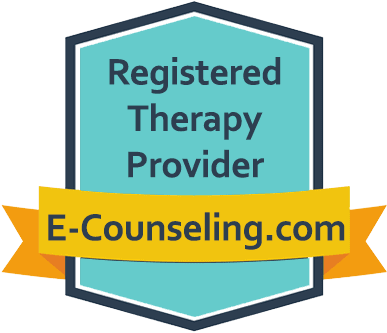
Joy is a powerful tool for solving childhood challenges. Yet in our culture of doing, teaching, treating and pathologizing, too often we forget that when a child needs help, the first thing we should increase is joy. This is certainly true in my own field, child psychology, in which we often prioritize theories, techniques and analyzing behaviors over being present and building relationships.
The simple truth is that joy leads to healing and supports optimal development.
I experienced this years ago in a sad moment for my family. My beloved grandmother had just passed away and all of us were mourning her loss. I decided to cancel all of my commitments to be at home with my daughters for a few days, with no agenda other than relaxing together. One afternoon, we went to the backyard to play and one of the girls began spraying a garden hose, quickly turning dirt into mud, which was soon splattered all over the girls’ clean clothes. Instead of worrying or instructing them to change from their nice outfits into swimsuits, I simply started laughing. Within minutes we were all giggling together, flinging mud through the air and all over our bodies. In that moment, we all felt connected, and the pain of losing granny was held within the loving arms of connectedness in a present joyful moment.
The joy was truly healing.
I urge parents and professionals to understand that joy is a tonic for human beings across the lifespan, no matter what the ailment, concern, or condition. Instead of always jumping into instruction, using formulaic methods of healing or even discussing things, we should remember how helpful it can be to connect not with words but with joy.
A few ways joy can help children:
—Joy Reduces anxiety. An active feeling of anxiety is incompatible with joy, which gives children relief from the tension they may be holding in their mind or body.
—Joy boosts learning. Being in a calm state enables the most optimal “neural platform,” the state of mind in which a person can most effectively take in information.
—Joy helps children to try new things. Stress inhibits exploration and creativity. When children feel happier, they step out of a self-protective mode, opening themselves to novel experiences.
So how can you help children experience more joy? Whether you’re a parent, healthcare provider, or caregiver, it’s important to find moments of self-compassion and stillness for yourself. Kristen Neff, who studies self-compassion, has found numerous benefits for caregivers who understand the importance of treating yourself with the same kindness as you would a young child. Taking care of your own needs truly benefits the children you love and care, helping you to “show up” in a new way.
In order to allow joy to bubble up, we need to allow ourselves to be present and undistracted for a child. There are no shortcuts to offering the time and patience necessary to discover the joy that can arise in a given moment. Recently, I was sitting with a child in a garden when suddenly a hummingbird appeared, sucking nectar from the blossoms. We sat together watching in quiet amazement and joy.
To be sure, all of this is easier said than done. We are all overscheduled, overcommitted and running a race to be the best parent or worker we can be. We will often fail at finding the space to be present with our children. That’s okay. What’s important is to give ourselves the opportunity to experience joy together, and savor the rush of good feelings—however fleeting—it brings to our relationships.
As a mother to a young adult on the spectrum shared in a popular New York Times post last year, …”in the end, success won’t be measured by academic performance or job placement. It will have more to do with accumulating small pleasures and filling your life with those. I don’t know why it never occurred to me: Your future should look like the best parts of your present.
Here’s to finding many opportunities for moments of joy in the new year!
Source: Dr. Mona Delahooke




